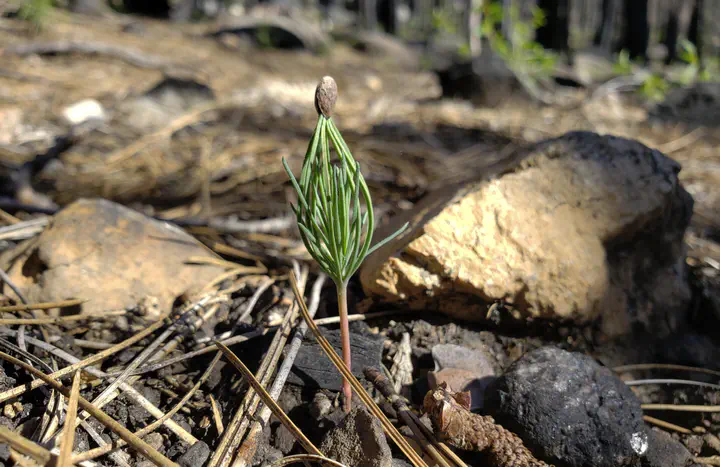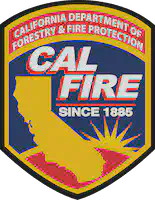Early post-fire regeneration

We are conducting extensive field plot surveys to quantify conifer regeneration density and its relationship to overstory stand conditions (e.g., needle scorch vs. torch) in high-severity burn patches in the large 2020 and 2021 California wildfires. We are supplementing the field-based characterization of overstory conditions with drone-based imagery of the same plots.
We are finding surprisingly strong conifer establishment in high-severity patches with no surviving green trees (seed sources) nearby, suggesting that given the right seasonality of fire, non-serotinous species can store viable seed in the canopy (“aerial seed banking”) and release it following fire, even if the trees are killed by fire. We are quantifying the extent of this phenomenon and the degree to which it can be predicted by fire intensity (as indicated by the extent of needle scorch vs. torch in the overstory).
In addition to assessing the prevalence of canopy seed banking, we are evaluating whether other phenomena that are only observable very soon after fire (including shading from retained scorched needles, litter from dropped scorched needles, and delayed mortality of trees that initially survived the fire) can help explain some of the variation in post-fire regeneration that cannot be explained by traditional plot surveys performed 5+ years following fire.
This work will help to inform predictions of post-fire forest regeneration, particularly very soon following wildfire, which will help forest managers prioritize post-fire restoration efforts such as tree planting in the areas with the lowest likelihood of natural forest recovery.
Funding and support

